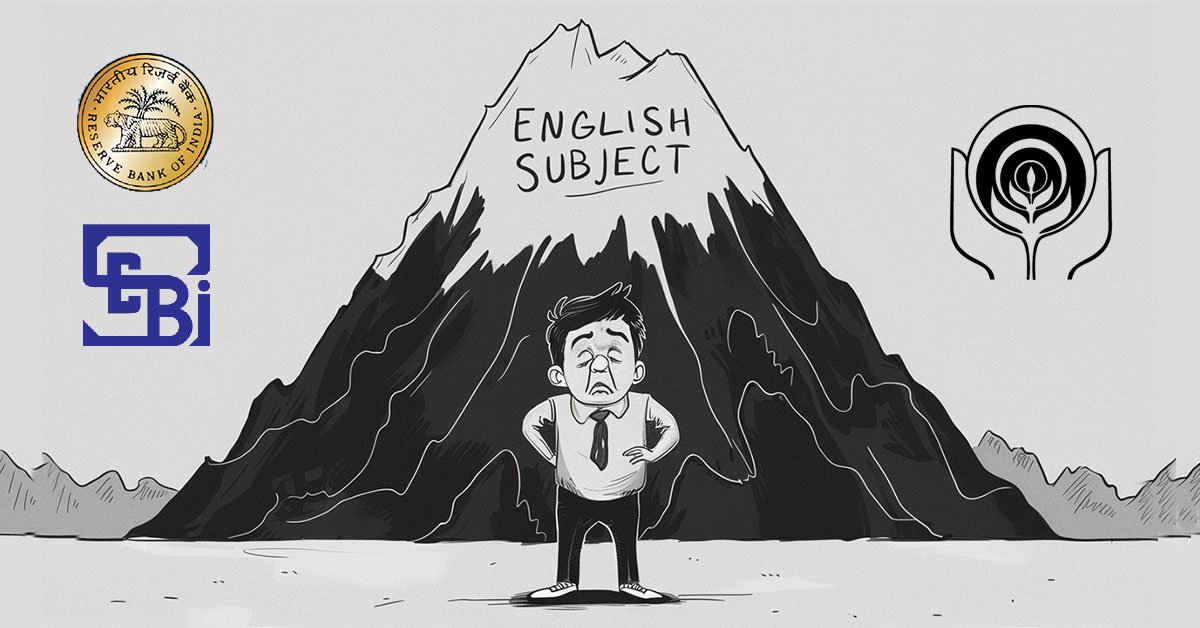India-New Zealand Free Trade Agreement (FTA)
Background & Strategic Importance
- Renewed FTA talks after a decade-long hiatus.
- India & New Zealand aim to finalize the deal within 60 days.
- Strategic timing:
- New Zealand’s elections in October create urgency.
- India’s Indo-Pacific influence is growing.
- Global trade protectionism is increasing, especially with the US imposing reciprocal tariffs.
- India’s recent FTAs with UAE, Australia, and EFTA demonstrate its aggressive trade strategy.
Challenges in Negotiations
- Key sticking points:
- Tariff disparities:
- New Zealand’s average import tariff is 2.3% (many duty-free items).
- India has higher tariffs, making a traditional FTA less attractive.
- Dairy products:
- India opposes dairy imports due to political sensitivities.
- New Zealand wants dairy included but faces resistance.
- Wine tariffs:
- India imposes 150% import duty on wine (one of the highest globally).
- New Zealand seeks reductions, possibly following India-Australia FTA’s phased model.
Trade Relationship Overview
- Bilateral trade in 2024: $1.54 billion
- India’s Exports to New Zealand ($752 million total):
- Medicines, gems & jewelry, textiles, and agricultural equipment.
- India’s Imports from New Zealand ($791 million total):
- Iron & steel, aluminum, forestry products, wool, apples, lamb, and dairy.
- Services Trade Focus:
- India: IT, software services, fintech, telecom, and medical research.
- New Zealand: Education, tourism, and financial services.
- India seeks more work visas for skilled professionals.
Outlook & Implications
- Political will on both sides could drive rapid negotiations.
- India’s market access in New Zealand is limited due to its small size.
- A finalized FTA could boost India’s services exports and strategic position in the Indo-Pacific.
- Upcoming India-New Zealand cricket ties in 2026 could further strengthen diplomatic relations.
Popular Online Live Classes
Popular Bundle & Interview Guidance



















